The University of Illinois at Urbana-Champaign hosted an entire conference devoted to sedentary behavior on Oct. 15 – 17, 2015. That’s right an entire conference dedicated to too much sitting! The conference discussed the latests trends in the measurement, assessment, and treatment of inactivity of our modernized world. Mainly researchers were present and conversations got nerdy, but I breakdown the technical stuff and highlight some of the biggest takeaways from the conference.
Here are the Top 15 things I learned from the conference:
1. Conferences can be scheduled to allow for physical activity.
We often dread going to conferences because we are routinely packed tightly like sardines and spend the next 60 minutes or so cramped next to strangers. The sedentary conference used two strategies that allowed the opportunity for more physical activity:
- Presenters were scheduled every 20 minutes, which allowed
- Audience members to engage in active applause. Simply, you stood up and clapped for each presenter. This is not groundbreaking science, but a simple change to the conference schedule allows everyone to be active.
2. Greener places are associated with more activity.
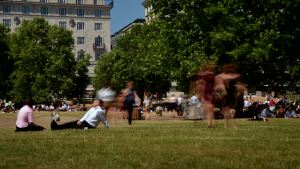
Dr. William Sullivan, professor of landscape architecture at the University of Illinois, presented research indicating that the more trees that are present in neighborhoods, then the more likely you will see people out and about, being active. His catch phrase was “Nature at every doorstep” (will reduce sedentary behavior).
3. The ill-effects of health in the workplace is not new.

History takes us back to the 1600’s where Bernardino Ramazzini wrote “Diseases of Workers.” His work found that people suffered from sort of health problem because of the profession they were in (cobblers, blacksmiths).
4. The painting of The Last Supper is historically inaccurate.
Dr. Galen Cranz, professor at UC Berkeley, discussed the cultural impact of the modern chair…and how it snuck into our everyday lives. She even wrote a whole book about it (The Chair: Rethinking Culture, Body and Design). Jesus and his disciples would have dined at a triclinium, a set of 3 three, sunken-in couches around a small table.
5. We should build a “Stone Age Office.”
Dr. Galen Cranz emphasized that, in our modern work stations, nothing should be in arms reach. Why again, does everybody in the office need their own trashcan? Put your trashcan in your neighbor’s trashcan…or better yet, recycle it. Yes, having your own stapler is convenient, but it is the unhealthy option.
6. Nature doesn’t make food, it makes things, animals just figured out now to eat those things.
It is good being human. Aah the delicious food we get consume on a daily basis…Dr. Michael Power, an obesity researcher coined the phase in point 6. Humans have figured out how to hunt, gather, prepare, and cook all kinds of things. Of course, the trouble with the modern food supply is that certain items were not originally found in nature (I don’t think Fruit Loops grow on trees).
7. We pay to engage in sedentary behavior.
Again, from Dr Power. Our modern “conveniences” afford us the power to expend less physical effort to achieve the same results. Our ancestors used to expend energy hunting (very effortful), and as a result, we grew muscles and lost fat. Looking at how we “hunt” for food today, many of us don’t even make a pizza, when we want to eat pizza.
The examples are endless: we order a submarine sandwich from our smart phone and have it delivered…and remain seated, we order food at a restaurant…and remain seated, we buy a TV…to be entertained and remain seated. The amount of sedentary behavior begins to pile up before you know it!
8. Obesity goes back 25,000 years ago

Dr. Power showed a picture of ancient pottery that depicts a obese person. The problem with obesity today, compared to then, is that it is more prevalent today. The important point here is the obesity occurred in the past, and is not a 20th century phenomenon (again, the prevalence is).
9. There are mainly two reasons how low back pain/injury occur.
Dr. Marco Boscolo, of the Sacramento State Athletic Training Program, described to audience members low back pain/injury is a result of either:
- Engaging in repetitive and prolonged activities (sitting at a desk for extended periods) or,
- A one-time unstable spine (bending and twisting to pick up keys)
Dr. Boscolo also described that the repetitive vibrations and up-and-down movements (riding in a car) affect spine health and are often overlooked.
Standing can help unload the effects of sitting on the spine. He also offers the champion’s stretch (an opposite loading activity) to help unload the spine on a regular basis. It looks a little like this:
10. “Jogging While Black” is a new form of social injustice.
Dr. Melicia Whitt-Glover, of Gramercy Research Group, described that blacks and latinos are more likely to be stopped when jogging (for exercise) because police think he/she may be involved in a crime (the social issues are very important, but are beyond the scope of this blog). Furthermore, when these police practices occur, this will inhibit those individuals from engaging in physical activity and may promote more sedentary behavior in the future.
11. Advertising and cultural norms promote physical inactivity.
Dr. Whitt-Glover highlighted a billboard for a TV that said “Outside is so overrated.” When value is placed on activity spent inside the home (just to sell a product)…then the hill becomes steeper to climb. This point really needs no further explanation.
12. Kids are not just little adults.
When it comes to research and sorting out the details of calories burned, Dr. Gregory Welk of Iowa State University, provided interesting research that showed activity levels for children are different. Basically, what may be considered “moderate-vigorous physical activity” for adults is actually on “light physical activity” for children. Their engines are literally burning more fuel at a different rate, so we cannot just scale down what the adult physical activity recommendations are for kids.
13. Sedentary behavior is not technically behavior.
Kevin Moran, of Northwestern University, points out that although we are looking at sedentary behavior (sitting) as a topic of interest, people aren’t really doing anything. Behavior is typically defined as anything somebody does or says. He offers a rather infamous explanation used in behavior analysis:
“If a dead man can do it, it ain’t behavior, and if a dead man can’t do it, it is behavior” – Malott & Suarez
14. We need to imagine a world of more standing…our health depends on it.
Dr. James Sallis, a renown researcher in Public Health, discussed how science can help change the environment and intervene at the policy level. He offers that, although it may be hard at first, we can imagine a world with standing options. Just to name a few, we could live in world with:
- Height adjustable desks in classrooms
- Standing tables at every restaurant or bar
- Conferences rooms without chairs
- “Standing sections” in movie theaters
15. If you are a senior citizen, you should fire your housekeeper and gardener.
Dr. Joan Vernikos, retired from NASA, and is known for her research on studying the effects of gravity on the human body, made this recommendation. Her point is that, these are the activities that one should be doing to live a stronger, healthier life. Nobody should give these up if they don’t have to.


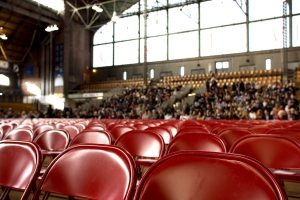

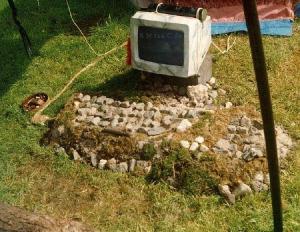


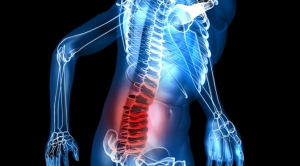

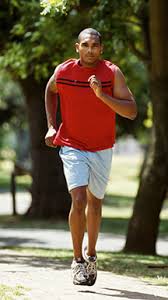
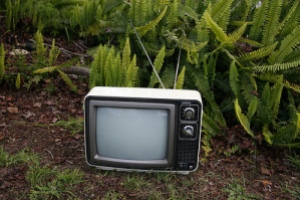


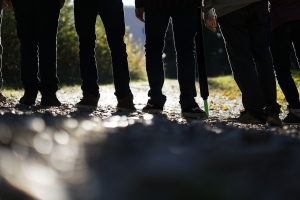


Super interesting. I am going to pass this along to tom as he both schedules and attends conferences regularly. I like the idea of putting things out of reach to make us get up. I often sit for hours drawing without getting up.
When you are drawing…start small, maybe set a timer to get up at least once an hour…then work up to every 45 minutes, then to every 30 minutes if it makes sense for your work.
Super interesting. I am going to pass this along to tom as he both schedules and attends conferences regularly. I like the idea of putting things out of reach to make us get up. I often sit for hours drawing without getting up.
When you are drawing…start small, maybe set a timer to get up at least once an hour…then work up to every 45 minutes, then to every 30 minutes if it makes sense for your work.
Pingback: Exercise Isn’t Everything: How do you spend the other 23 hours of your day? | BehaviorFit
Pingback: Exercise Isn’t Everything: How do you spend the other 23 hours of your day? | BehaviorFit
Pingback: 2015 in Review: BehaviorFit’s First 5 Articles | BehaviorFit
Pingback: 2015 in Review: BehaviorFit’s First 5 Articles | BehaviorFit
Pingback: Please Leave Your Office: The Danger of a Standing Desk – BehaviorFit
Pingback: Please Leave Your Office: The Danger of a Standing Desk – BehaviorFit
Pingback: 2015 in Review: BehaviorFit's First 5 Articles | BehaviorFit
Pingback: How to Hack Physical Activity for Your Next Conference | BehaviorFit
Pingback: 2015 in Review: BehaviorFit's First 5 Articles | BehaviorFit | Health, Fitness, and Applied Behavior Analysis
Pingback: Please Leave Your Office: The Danger of a Standing Desk | BehaviorFit | Health, Fitness, and Applied Behavior Analysis